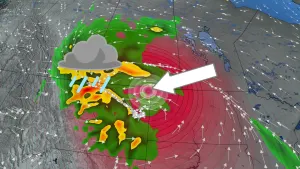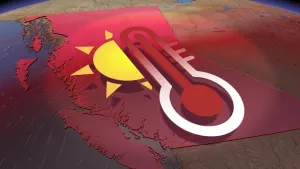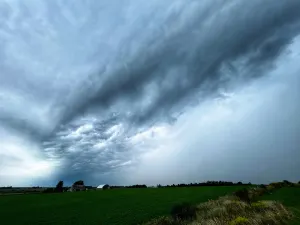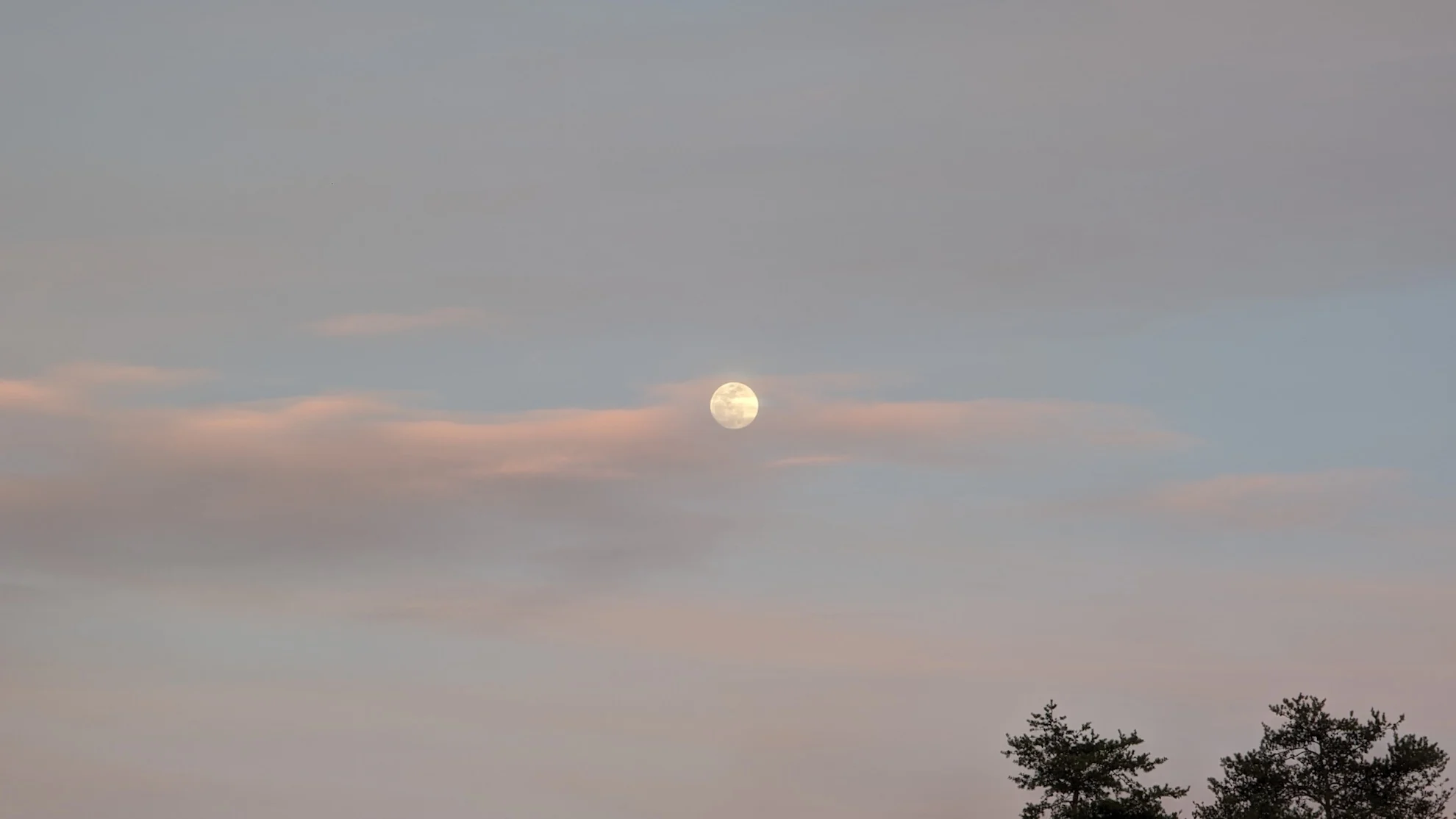
From auroras to eclipses, clouds aren’t a stargazing deal breaker
Our skies are always a sight to behold. Even though clouds are usually the main attraction, there are special occasions where we gaze beyond our own blue horizon to catch a glimpse of truly phenomenal events.
Lunar eclipses, solar eclipses, meteor showers, and the dazzling spectacle of the northern lights are relatively common sights across Canada and throughout the world. But our ability to see these memorable happenings hinges on the weather during tiny windows of opportunity.
Clouds looming overhead aren’t always a deal breaker when you’re hoping for a spectacular sight. The type of clouds can make all the difference.
DON’T MISS: How to watch the April 8 total solar eclipse from anywhere
Optical thickness matters
Visibility of each phenomenon depends on exactly where you are when they occur. But the common thread between each event is cloud cover.
The keyword for skywatchers hoping to see through the clouds is optical thickness, or the amount of light that passes through a layer of clouds.
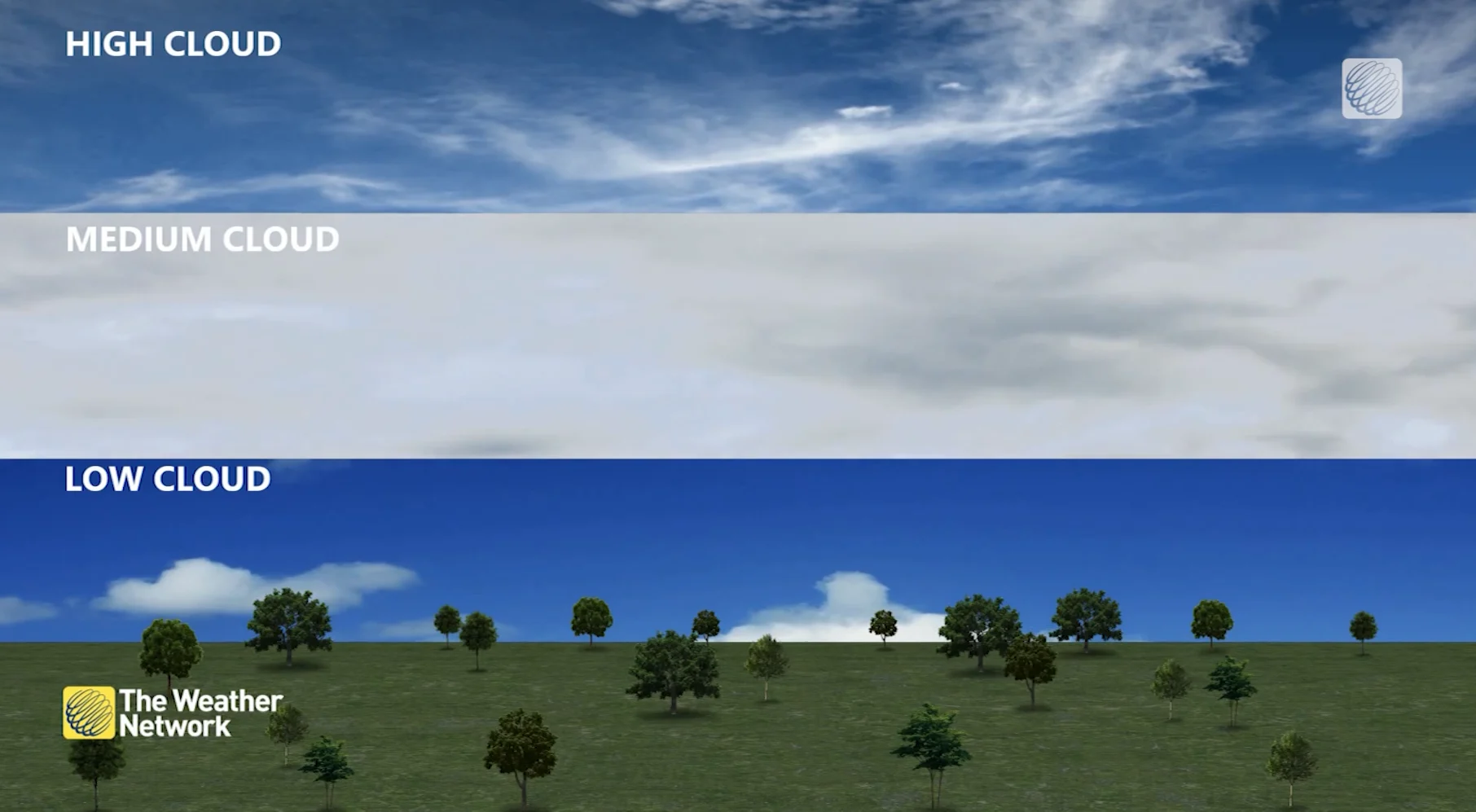
Light passes through some clouds more easily than others, depending on their composition and the thickness of the cloud layer. It’s much easier to see celestial events through thinner layers of clouds.
Ice crystals floating in a high, thin layer of cirrostratus may allow blue sky and nighttime stars to shine through with minimal obstruction. A cumulonimbus cloud thick with water droplets, though, completely obscures the sky behind it.
Low clouds can be bad news for skywatchers
Water-laden clouds hanging low to the ground can spell disappointment if you’re looking for a cosmic show.
Gloomy decks of stratus clouds are usually the biggest culprit behind missed viewing opportunities. Stratus clouds are uniform and flat, producing a gray layer of clouds sometimes accompanied by precipitation. These thick cloud decks are common ahead of approaching fronts or storm systems.
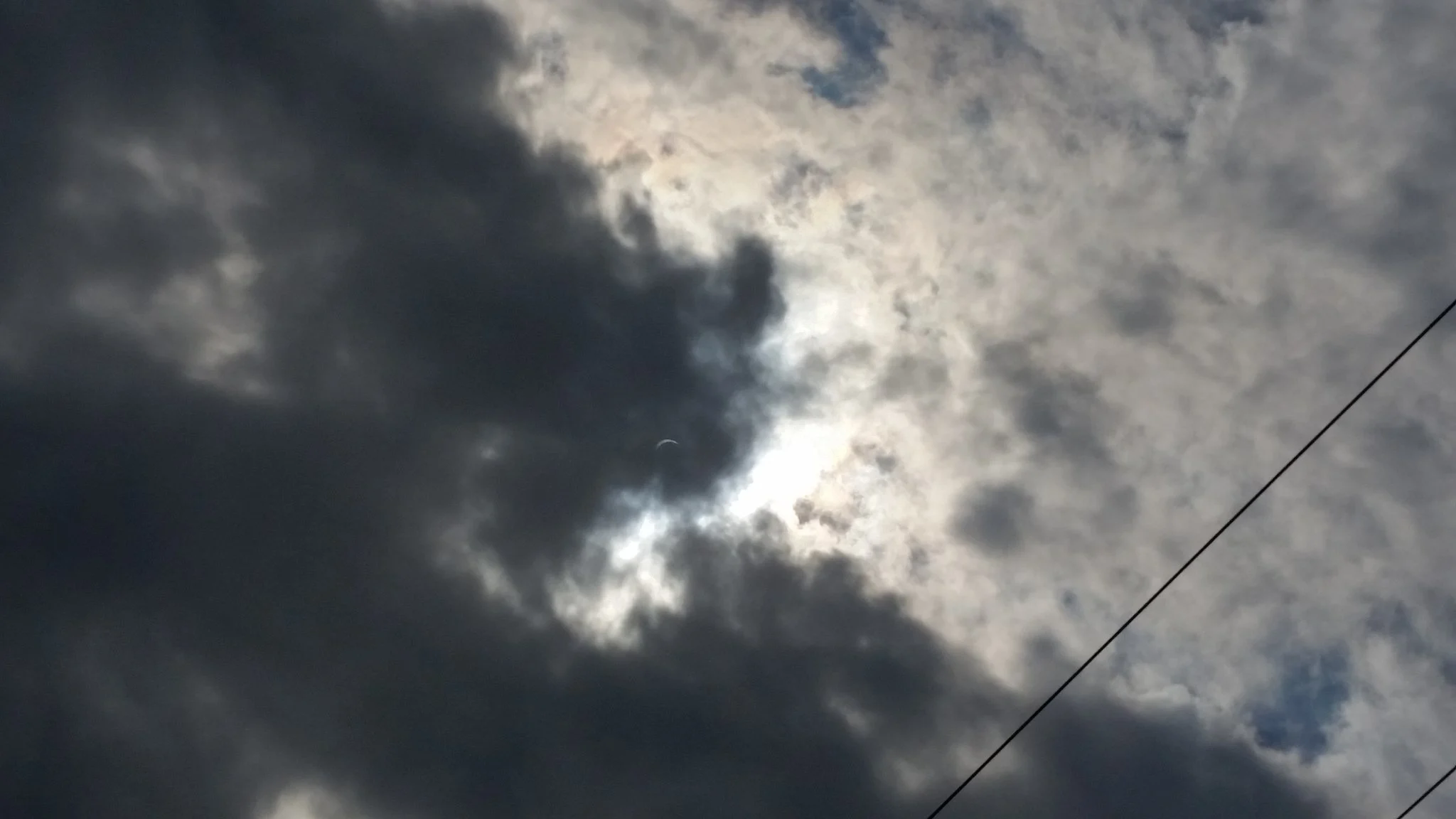
A view of the August 2017 solar eclipse from Burlington, N.C. Just shy of totality, the eclipsed sun was still visible through the edges of the murky storm clouds that day. (Dennis Mersereau)
Cumulus clouds might provide some hope. These puffy clouds are usually scattered and they grow vertically rather than spreading out horizontally.
Since cumulus clouds are usually created by daytime heating, they’re mostly a problem for viewing solar eclipses. Even if that happens, though, the gaps between these cottony clouds may offer plenty of chances to see the event before it’s over.
WATCH: How does a solar eclipse damage your eyes?
Mid-level clouds are a mixed bag
Mid-level clouds linger a few kilometres above the ground.
Altostratus clouds act like their lower-level counterpart, casting a grey pall across the sky that makes it difficult or impossible to see through to the heavens above.
Altocumulus clouds are usually found in groups, clumped together rather than floating along as puffy blobs like cumulus clouds that would form closer to the ground. If you’ve ever seen a mackerel sky—one that looks full of fish scales—you’ve seen altocumulus clouds.
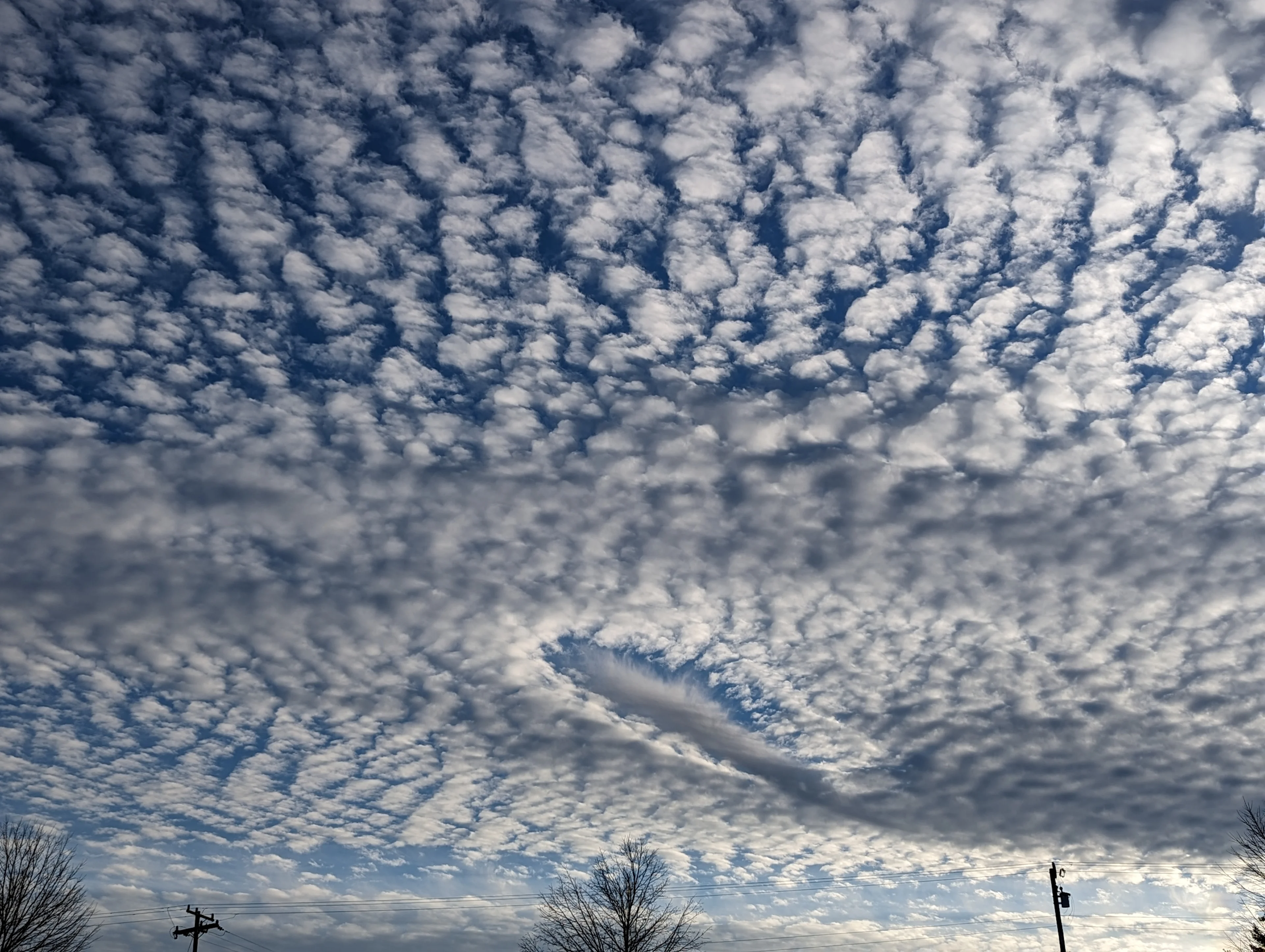
A layer of altocumulus clouds with a fallstreak hole in the middle. (Dennis Mersereau)
Given the tight grouping of altocumulus clouds, these formations may also make it tough to spot any cosmic wonders—especially a zippy meteor or the dancing lights of a faint aurora.
However, these mid-level clouds don’t always take up the whole sky in the same way a ground-hugging stratus deck might. Hold out hope for clear patches if you’re confronted with mid-level clouds on a red-letter astronomy day.
High clouds are (usually) the most transparent
The best sky for stargazing is a clear sky. But if you have to pick a cloud type to squint through, chances are you’ll want to pick high-level clouds.
These are the clouds that form at or above the cruising altitude of a passenger jet, and they’re made entirely of ice crystals due to the bitterly cold temperatures of the upper atmosphere. High-level clouds are sometimes translucent—which is great news if you’re skywatching.
RELATED: Heads up! These six special types of clouds linger in our everyday skies

Cirrostratus clouds lead to a milky, watery looking sky, often creating halos and other neat optical effects. (Dennis Mersereau)
Cirrus clouds gracefully float through the sky like feathery wisps of white. While cirrus clouds during the day can add a unique twist to a solar eclipse, too many cirrus clouds at night can blot out meteors and auroras.
Cirrocumulus clouds follow the pattern of altocumulus clouds, appearing as a tight-knit group of tiny cotton puffs that can resemble fish scales. They can also look like ripples on a pond if they catch undulating winds near mountain ranges and powerful storms.
A deck of cirrostratus clouds makes the highest levels of the atmosphere appear milky and white. They don’t completely obstruct the Sun or the Moon, with these shining bodies looking a bit watery as they filter through the thin layer of ice crystals.
Follow Melinda Singh and Dennis Mersereau on X, the platform formerly known as Twitter.







